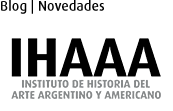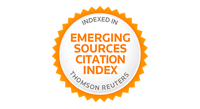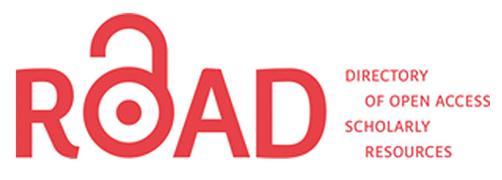Drawing the Space Between
the Experimental Moving Image in Chile
DOI:
https://doi.org/10.24215/23142502e066Keywords:
Experimental cinema, experimental video, Chile, moving imageAbstract
This review focuses on the book Visiones Laterales. Cine y video experimental en Chi le (1957-2017) (2018), by Claudia Aravena and Iván Pinto. Throughout the pages of this book, the authors intentionally avoid the de marcation of a disciplinary field and its alle ged specificity, to explore instead the links that the experimental moving image has established through time with territories be yond itself —the theater, the visual arts, TV, and documentary films, but also politics, the academic field, archives and Chile itself.Downloads
References
Aravena, C. y Pinto, I. (2018) Visiones Laterales. Cine y video experimental en Chile (1957 2017). Metales Pesados.
Flusser, V. [1984] (2015) Hacia una filosofía de la fotografía. Editorial Síntesis.
Downloads
Published
How to Cite
Issue
Section
License
Copyright (c) 2024 Mariela Cantú

This work is licensed under a Creative Commons Attribution-NonCommercial-ShareAlike 4.0 International License.
According to these terms, the material can be copied and redistributed by any means or in any format as long as a) the author and original source of the publication are quoted (magazine and URL of the work), access to the license is provided and whether changes have been made is mentioned; and b) the material is not used for commercial purposes.
The cession of non-exclusive rights means that after the publication (post print) in Boletín de Arte the authors can publish their work in any language, means and format; in such cases it must be mentioned that the material was originally published in this magazine.
Such cession also means the authorization of the authors for the work to be collected by SEDICI, the institutional archive of the National University of La Plata, and to be spread in the databases that the editorial team considers appropriate to increase the visibility of the publication and its authors.
Moreover, the magazine encourages the authors to deposit their productions in other institutional and thematic archives under the principle that offering the society the scientific and academic production without any restrictions contributes to a greater exchange of the global knowledge.
































